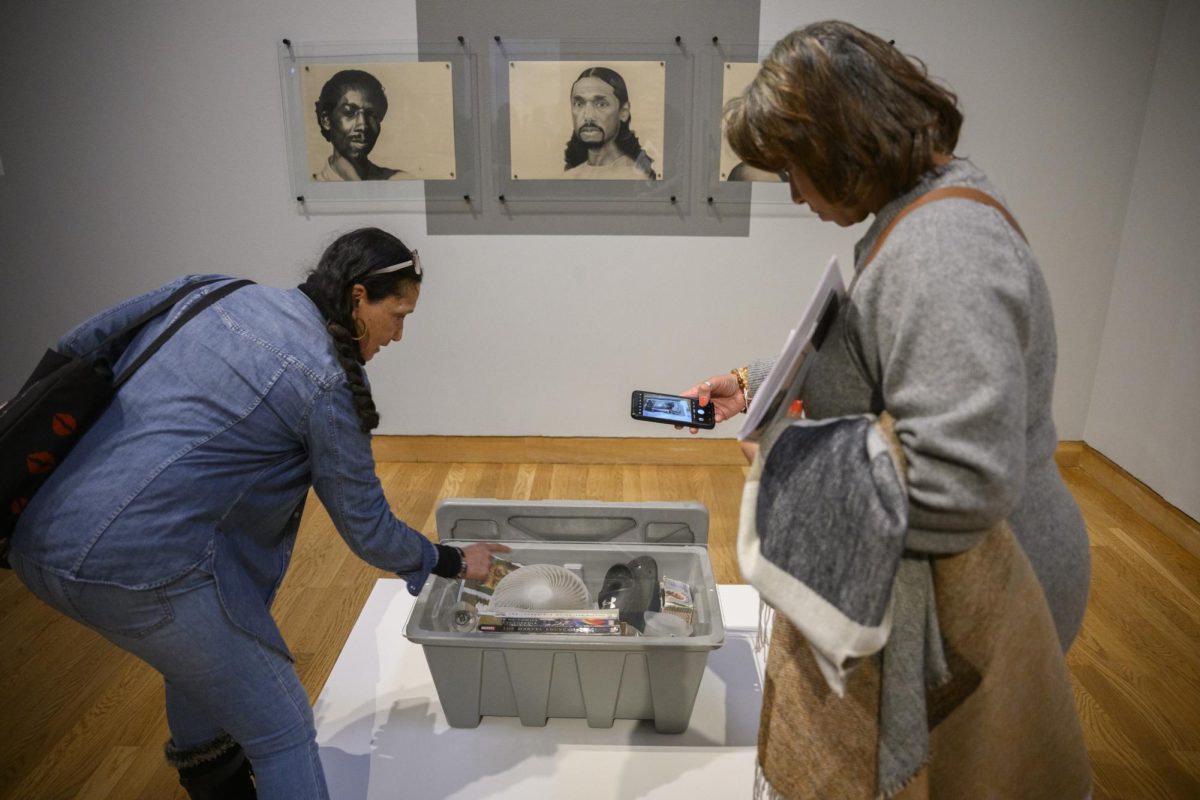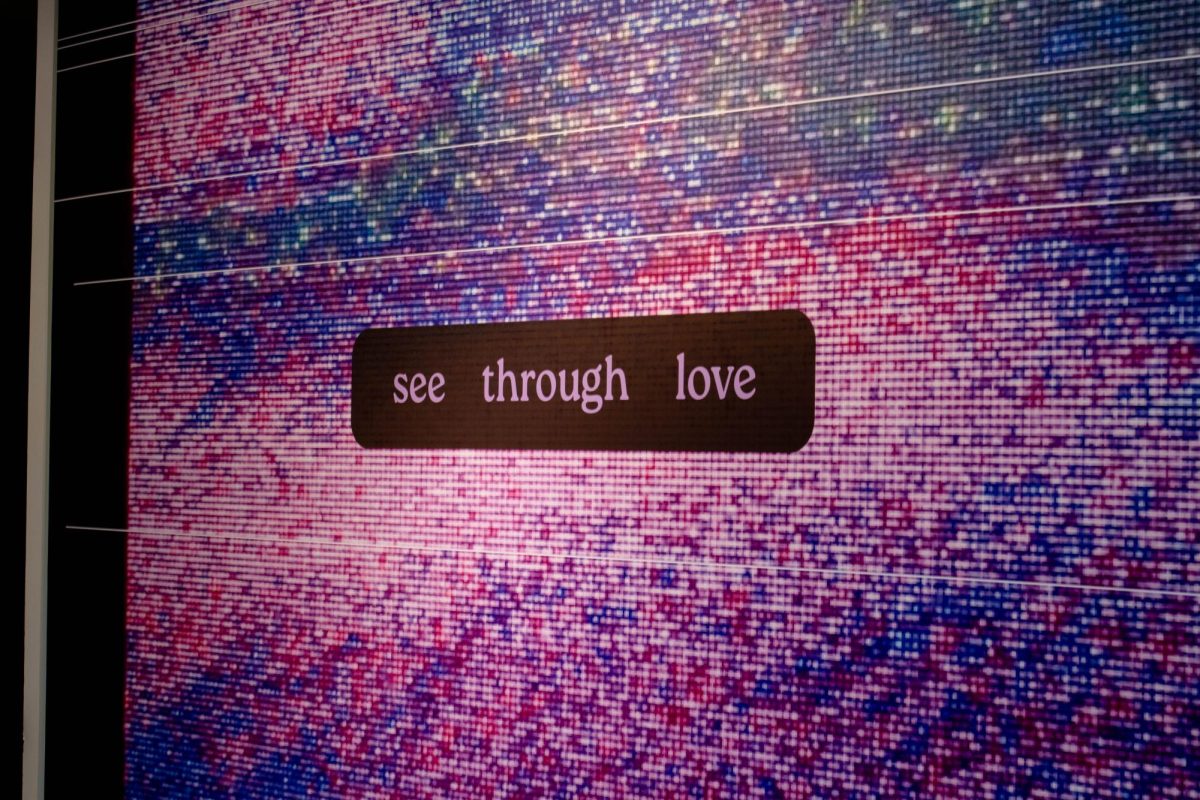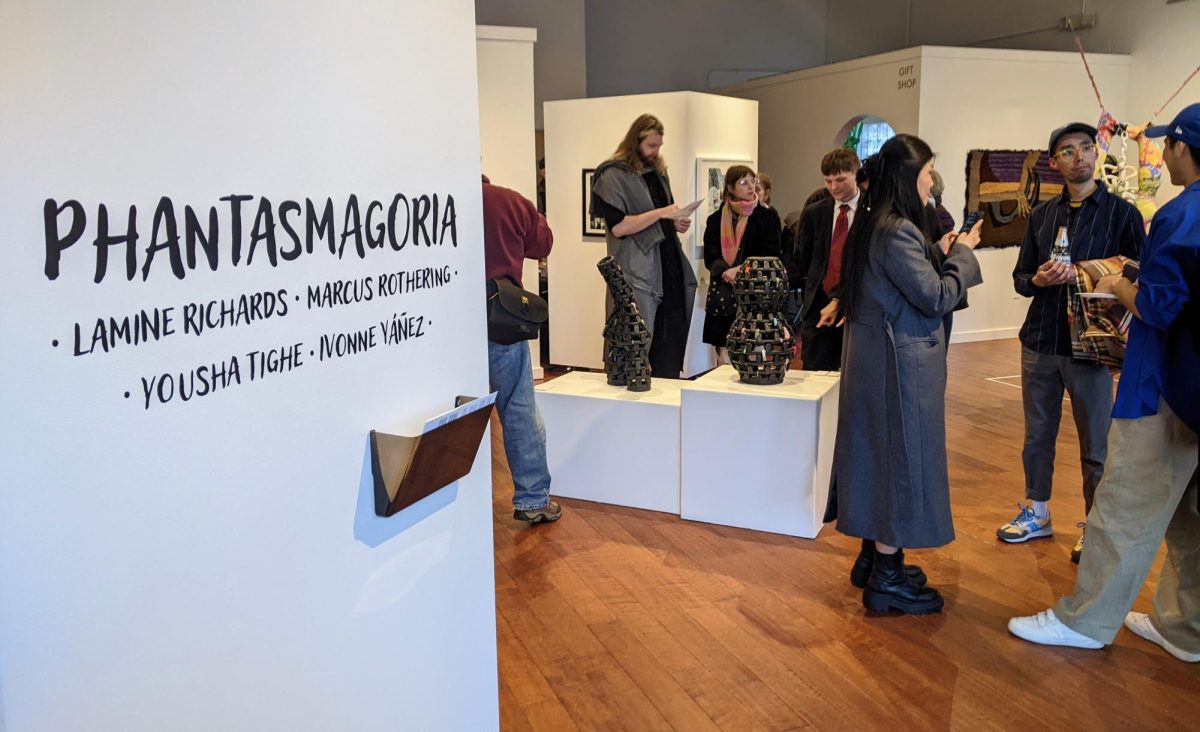Rapson Hall, the hub for the University of Minnesota’s School of Architecture, is one of the most distinct, yet polarizing, academic buildings on campus. The square interior’s simplicity is disrupted by its cross-shaped addition that houses the building’s Church Street entrance.
“I think there is a dislike of the building because it is different. It’s not the same as every building you think it should be like,” said Jennifer Yoos, the department head of architecture and interior design.
Yoos said she actually enjoys how Rapson Hall’s challenging appearance might put off individuals less versed in architecture.
“If you travel and you go to any major city in the world, you’ll see buildings like it,” Yoos said. “It feels like people need to go and see more architecture and get to know more about what architecture is, rather than just kind of pushing it away and rejecting it.”
Old vs. New Rapson
The building has two different areas: “Old Rapson” and “New Rapson.” Old Rapson is the main square area of the building built in the early ‘60s. New Rapson is the cross-shaped 2002 addition to the building designed by New York-based architect Steven Holl.
The offbeat design of the building is even used as an example for current architecture students.
“In our first year of architecture school, we studied Rapson a lot and learned a lot of design principles using Rapson as an example,” said Ally Rettler, a fourth-year architecture student.
“I remember learning about symmetry and datum and all these design terms and Rapson being an example of it.”
The New Rapson addition addressed needs in the architecture school for a graduate studio, a library and a public space. It’s also one of the most novel aspects of the building.
“When we were studying the building, that part really broke all the rules. It broke the symmetry, it broke the pattern and repetition they had going so well. There’s a lot of intent in that,” Rettler said. “There’s this contrast of the new and the old.”
Ralph Rapson, whom the building is named after, was the head of the School of Architecture from 1954 to 1984.
“He was head for 30 years, so he had a big impact,” Yoos said. “He also educated a lot of architects who went on to create firms in the community who would employ our graduates, so there’s a lot of people who really felt like he was an important person.”
Ralph Rapson brought a global perspective to the School of Architecture by welcoming international students, according to Yoos, and the building’s odd look reflects some of that experimentation.
Furthermore, Yoos said the building works as a strong recruitment tool for those who love to visit Rapson Hall and see the building’s design themselves.
“Those who are well-versed in architecture generally gravitate towards the building regardless,” Yoos said. “Quite often we get potential faculty members or students coming here just to see the building – and then they see our program.”














